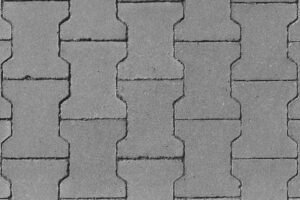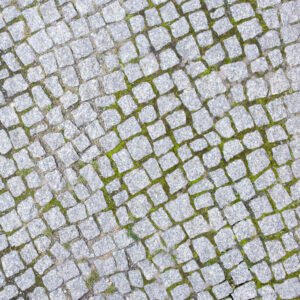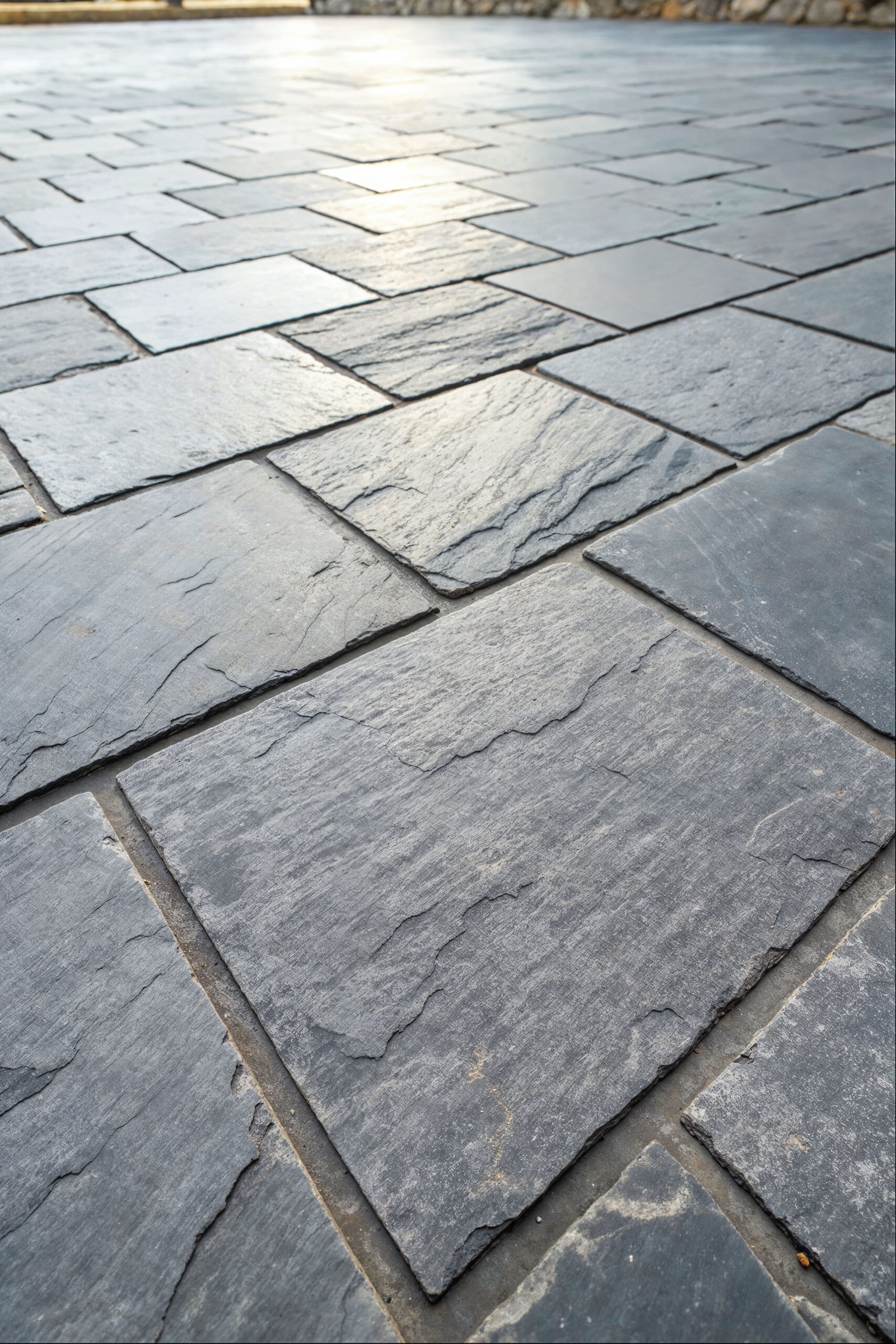Transform Your Outdoors: How a Paver slab Can Redefine Style, Strength, and Space
Dreaming of a patio that screams elegance or a driveway that can handle everything life throws at it? The answer isn’t always a complete remodel or an expensive contractor — sometimes, it’s as simple as choosing the right paver slab.
These unassuming pieces of engineered stone or concrete might not look like much at first glance, but they hold the power to completely transform your outdoor space. From driveways to garden paths and pool decks to patios, the paver slab is the hidden backbone of outdoor design.
Let’s dive deep into the world of paver slabs — what they are, why they matter, and how you can use them like a pro (even if you’ve never picked up a trowel in your life).

What is a Paver slab?
A paver slab is a large, flat unit usually made of concrete, stone, brick, or porcelain, designed to be laid on the ground in interlocking patterns. It’s often used to build durable, visually appealing surfaces like patios, driveways, and walkways. Think of it as the grown-up version of puzzle pieces — except this puzzle supports cars, garden furniture, and foot traffic.
What sets paver slabs apart is their versatility. Whether you’re aiming for a rustic courtyard vibe or a sleek modern patio, there’s a paver slab to match your style and needs.
Types of Paver slabs
Just like paint swatches or fabric textures, paver slabs come in many forms. Each type brings its own charm and utility. Let’s break them down:
1. Concrete paver slab
-
Most affordable and widely used.
-
Available in countless colors and textures.
-
Ideal for driveways, patios, and pathways.
2. Natural stone paver slab
-
Made from granite, limestone, slate, or sandstone.
-
Offers a premium, organic look.
-
Perfect for high-end landscaping.
3. Porcelain paver slab
-
Ultra-durable and low maintenance.
-
Water-resistant and non-porous.
-
Great for wet areas like poolsides.
4. Clay or Brick paver slab
-
Classic red-brown aesthetic.
-
Extremely durable with a timeless charm.
-
Ideal for walkways and heritage homes.
Why You Should Choose a Paver slab
If you’re still on the fence about whether a paver slab is right for your project, consider the benefits:
✅ High Durability
Designed to withstand heavy loads and harsh weather, paver slabs last for decades.
✅ Design Flexibility
Available in endless patterns, colors, and finishes — from cobblestone to sleek modernism.
✅ Low Maintenance
Minimal effort required. Just sweep, wash, and seal occasionally.
✅ Easy Replacement
Unlike poured concrete, individual paver slabs can be replaced without disrupting the whole structure.
✅ Eco-Friendly Options
Permeable paver slabs allow water to seep through, preventing runoff and erosion.
Planning Your Project With Paver Slabs
Success starts with smart planning. Here’s how to approach your paving project like a seasoned designer:
Step 1: Know Your Purpose
Driveways need thicker and stronger slabs. Patios and pathways can get away with lighter versions.
Step 2: Calculate Area & Budget
Measure your space and factor in at least 10% extra for cutting and mistakes.
Step 3: Choose Your Aesthetic
Do you want a clean geometric pattern or a natural, random stone layout?
Step 4: Pick the Right Jointing Material
Sand for dry-lay installs, polymeric sand for stability, or mortar for permanence.
How to Install a Paver slab (DIY Style)
You don’t need to be a construction guru. Just follow these steps:
-
Excavate the area to a depth of 6–8 inches.
-
Lay a sub-base using crushed gravel or stone and compact it thoroughly.
-
Add a bedding layer of sand (about 1 inch).
-
Place the paver slabs in your desired pattern.
-
Fill the joints with sand or your chosen material.
-
Compact the surface with a plate compactor.
Pro tip: Always slope your slabs slightly away from structures for proper drainage.
Popular Patterns for Paver slabs
The layout of your paver slab can dramatically affect the overall look. Some design options include:
-
Running bond (staggered rows, classic look)
-
Herringbone (zig-zag, high strength, great for driveways)
-
Basket weave (vintage European appeal)
-
Random layout (natural, imperfect look)
Each pattern can reflect your personal taste and elevate your space from basic to breathtaking.
Maintenance Tips to Keep Your Paver slab Looking New
The good news? Maintaining your paver slab setup is easier than caring for indoor carpet.
-
Sweep regularly to avoid dirt buildup.
-
Hose or pressure-wash annually.
-
Refill joint sand every couple of years.
-
Seal slabs to protect from stains and fading.
-
Kill weeds between joints quickly to avoid cracking.
Common Mistakes to Avoid
A single wrong move can ruin your project — so keep an eye out for these:
-
❌ Skipping the base layer or not compacting it properly
-
❌ Ignoring water drainage planning
-
❌ Using the wrong slab thickness for driveways
-
❌ Forgetting to check slab alignment mid-installation
-
❌ Mixing slab batches with different color tones
Myths vs. Facts About Paver slabs
Let’s bust a few misconceptions before they mess with your design vision.
| Myth | Fact |
|---|---|
| Pavers are just for driveways | Nope. They’re great for patios, pool decks, and paths too. |
| Sealing is unnecessary | Sealing protects from stains and weather damage. |
| All paver slabs look the same | They come in hundreds of styles and materials. |
| DIY is too difficult | With the right guide, it’s totally doable. |
| Concrete is always cheaper | Not if you factor in replacement and maintenance costs. |
Frequently Asked Questions (FAQs)
How thick should a paver slab be?
For patios and walkways, 1.5 to 2 inches works. For driveways, go with at least 3 inches.
Can I install a paver slab over concrete?
Yes, but you need a bonding layer and proper drainage setup.
What is the best base material for paver slabs?
Crushed stone or gravel compacted tightly is ideal for longevity.
Are paver slabs slippery when wet?
Textured finishes and non-slip coatings make them safe even in wet areas.
How long does a paver slab installation last?
With proper care, installations can last 20–50 years.
Is it expensive to replace a broken paver slab?
Not at all. Since they’re modular, you only replace the damaged one.
Do weeds grow between paver slabs?
If left untreated, yes. Use polymeric sand or apply weed killer regularly.
Creative Ideas to Use Paver slabs
Who says you have to stick to tradition? Use paver slabs for:
-
Outdoor firepit seating areas
-
Garden stepping stones
-
Outdoor kitchen flooring
-
Zen-style pathways
-
Rooftop terraces
-
Vertical garden supports

Final Thoughts
Choosing a paver slab isn’t just a matter of function — it’s a form of expression. It reflects how you want to use and enjoy your space, and how much value you place on long-term beauty and durability.
From traditional stone finishes to ultra-modern porcelain styles, the paver slab remains one of the most timeless and flexible tools in outdoor design. Whether you’re building a driveway to handle years of wear or crafting a backyard paradise, the right paver slab makes all the difference.
Don’t just cover your ground — define it.
